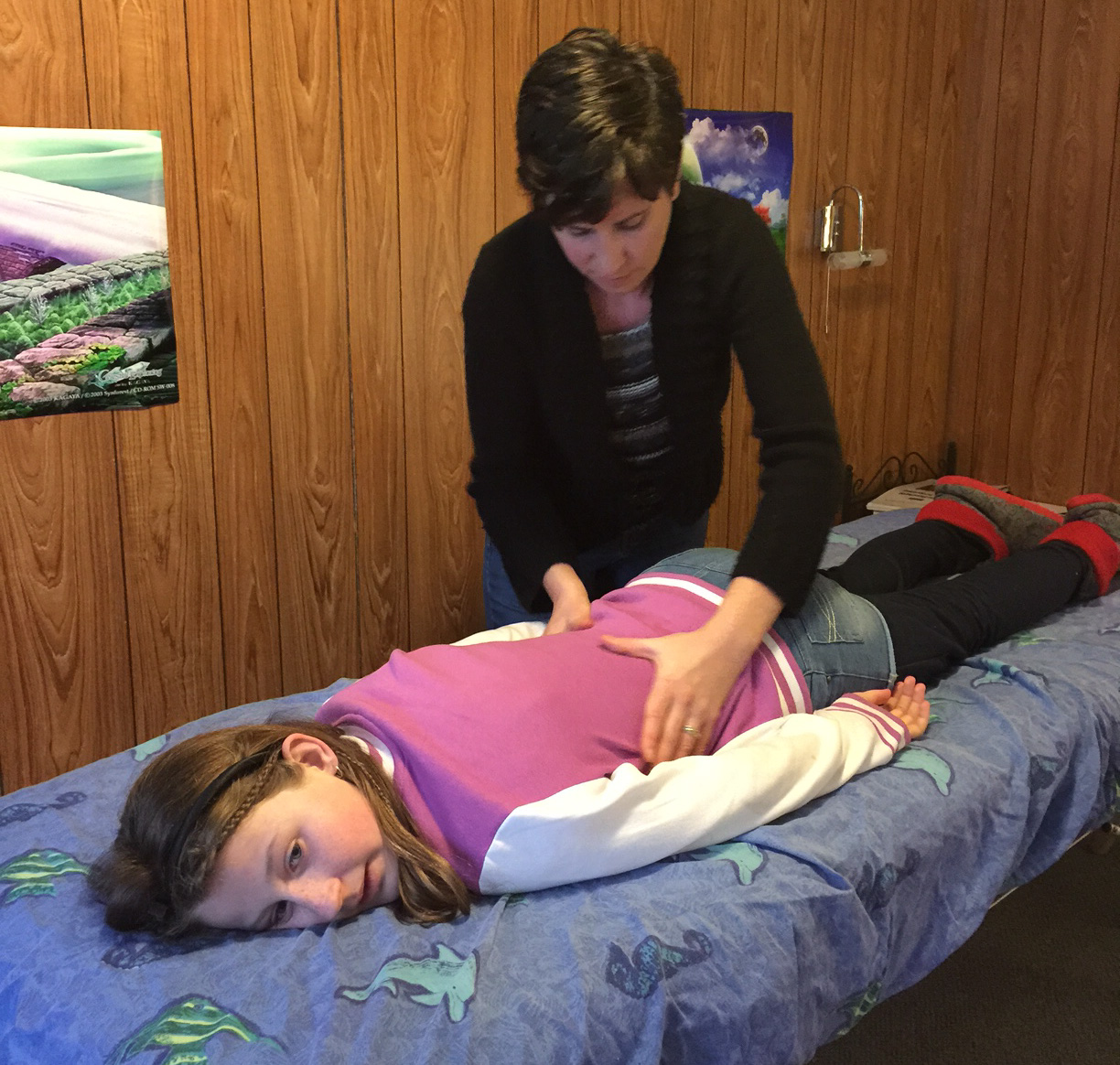Sensory Processing Disorder Treatment
Retained Reflexes
Under optimal circumstances, a reflex emerges and flourishes during the appropriate developmental stage in a child's life. It then inhibits, or falls away, when it is time to move on to the next developmental stage. Retained reflexes are present when this last stage fails to occur, leading to learning, behavioural, communication, and motor difficulties common in conditions such as ADHD, dyspraxia and dyslexia. The powerful therapy Colleen-Marie employs is an effective, individualised treatment designed to enact positive change.
Interventions
MNRI® The Masgutova Method® is a comprehensive set of programs that aims to correct the functioning of primary reflexes. It focuses on stimulating reflex patterns in order to awaken and restore sensory-motor coherence.
Dr. Masgutova developed the Masgutova Method® following her graduate and doctoral work in Russia. She researched the influence of motor reflex and sensory integration on movement, communication and cognition as well as emotional and behavioural regulation. Her methods have helped over 27, 000 children and adults spanning 25 countries, including Russia, Poland, Germany, France, Canada, Hong Kong, and the United States.
As the only Level 3 Masgutova specialist in Australia who has completed training in 7 MNRI® protocols, Colleen-Maree Bates offers unique expertise in this powerful form of intervention.
Tactile sensitivity
Therapy Success uses MNRI Tactile Integration program uses neuro-tactile techniques to stimulate different receptors in the skin, working to appropriately engage and integrate the tactile sensory system within the complete mind/body system. When the tactile system is integrated, the brain stem relaxes defensive reflexes, and opens the entire system to an experience of safety in which emotion and behavioral regulation improves and healthy motor, communication, and cognitive development can proceed.

Skin, our largest organ, forms the boundary between our physical being and the outside world. It also houses the tactile system, which allows the body to access tactile sensations from the outside world. The skin possesses eleven different tactile receptors to distinguish the broad array of tactile stimuli input encountered by the body. This set of tactile receptors helps to inform and prioritize incoming sensory information for the central nervous system to process. Once processed, the central nervous system directs the body’s actions in response to ever-changing tactile conditions. Due to congenital issues or trauma (in utero, at birth, or anytime after birth), tactile system challenges can result, causing any one of the following conditions.
Hyper-sensitive Tactile System – Also referred to as tactile defensiveness, this results in a negative, over-reaction to touch that typically would not be a problem. A person with a hyper-sensitive tactile system will often respond negatively to hugs, having their hair brushed or nails clipped, and complain about various textures, seams, tags and avoid wearing any form fitting clothes. A simple skin scrape can elicit a reaction expected for a far more debilitating wound.
Hypo-sensitive Tactile System – A person with a hypo-sensitive tactile system often does not respond to tactile input that would cause most people to act. A deep cut, a hard push, or other forms of physical harm lead to little or no reaction. Tactile input important to taking action and avoiding harm, is often missed by a person with a hypo-sensitive tactile system, leaving them at risk for great harm. People with hypo- sensitive tactile systems often seeking more intense sensory stimulation in an effort to register sensation.
Non-Functioning Tactile System – A non-functioning tactile system is simply not working.
